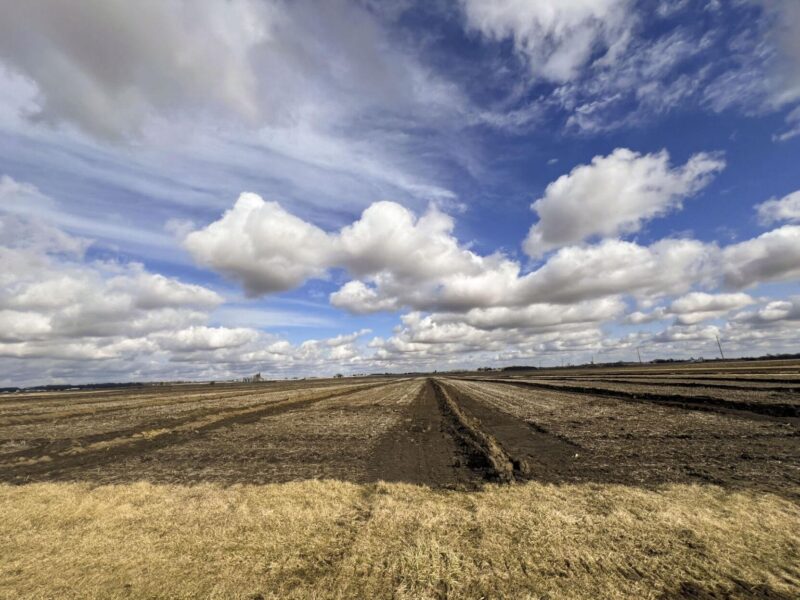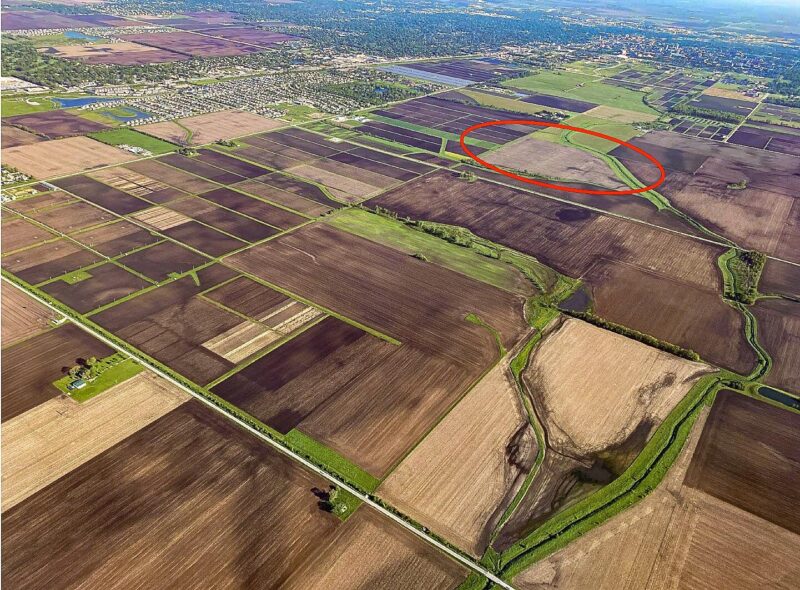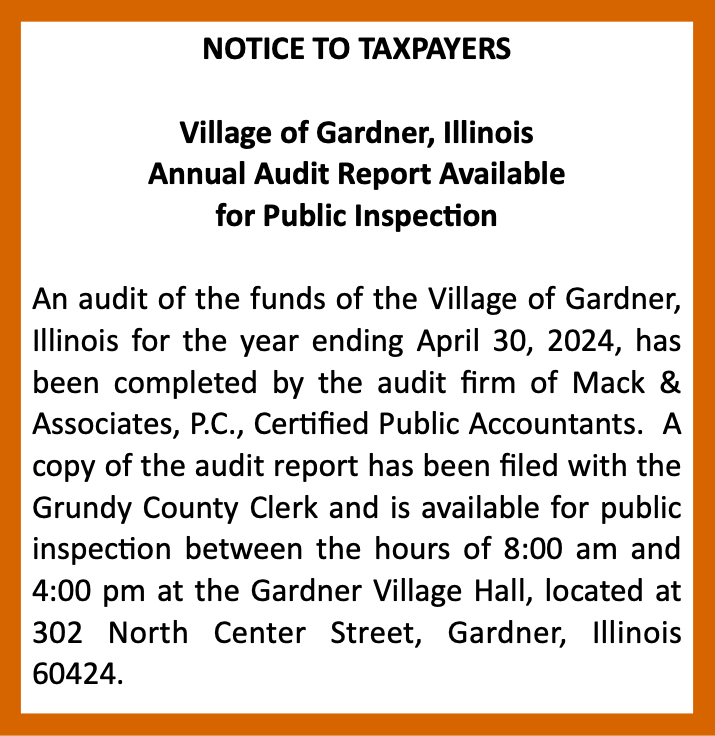U of I establishes one of the largest research fields in the U.S.
By HANNAH SPANGLER
FarmWeek

One of the largest tile-drained test plots in the country will be located at the University of Illinois Urbana-Champaign (UIUC) thanks to a massive investment from the College of Agricultural, Consumer and Environmental Studies (ACES).
This new research field, the Alma Mater Plots, will sit on approximately 55 acres and host 64 test plots with 16 treatments and four replicates.
“The overall goal is to understand long-term agriculture practices on crop productivity. Not just the yields, but why are crops producing the way they do,” said Andrew Margenot, ACES crop sciences associate professor.
College of ACES Dean Germán Bollero told FarmWeek, “The decision to support the Alma Mater Plots aligns with our land-grant mission. By investing in the Alma Mater Plots, we are addressing the practical needs of many farmers managing tiled ground.”
**Editor’s Note: If you find the story here of value, consider clicking one of the Google ads embedded in the story. It costs you nothing but Google will give the website owner a few cents. This is a way to help support local news at no cost to the reader.
UIUC is home to the Morrow Plots, the second oldest experimental test field in the country and the oldest in the Americas. Established in 1876, studies on these plots spurred innovations in crop rotation and land use practices over the past 150 years.
Although the Morrow Plots will still be studied, Margenot said, “The questions of today are different than the past. We want to look at modern practices and questions that build on the Morrow Plots.”
The Alma Mater Plots will be over 70 times the size of the Morrow Plots. Additionally, each plot will be center-tiled and have a buffer tile. The center tile will monitor the amount of water draining from the field and the nutrients that are flowing out with the water. This will be used to understand the management practices conducted on the overlying soil.

Margenot said an important factor of this experimental design is the buffer tile.
“To be certain the nutrients coming out of a tile are just from the treatment on the soil that overlays that tile, you have to have some way to tell that only that treatment is draining,” he said. “The buffer tile runs through the border of two plots and basically sucks up any overflow that would contaminate the treatment in the plot of interest.”
**Editor’s Note: If you find the story here of value, consider clicking one of the Google ads embedded in the story. It costs you nothing but Google will give the website owner a few cents. This is a way to help support local news at no cost to the reader.
Once the plots are set up, the plan is to not touch them for 150 years.
“We will modify the rotations, the grades and fertilize the Alma Mater Plots, but the overall gist of the treatment will hopefully stay intact, as it has for the Morrow Plots,” Margenot said.
With UIUC’s location near the start of the Embarras River, the Alma Mater Plots will help researchers study the effects of farming on water quality.
Bollero and Margenot see the plots becoming a living lab, where quality data can be collected to inform agronomic practices and agricultural policy. “We envision the plots becoming a focal point for hands-on education, research and collaboration,” Bollero said. “This initiative reflects our commitment to not only preserving the legacy of the Morrow Plots but also paving the way for the next 150 years.”
To establish treatments and what should be studied, Margenot and his team are asking stakeholders of Illinois agriculture for their input.
“What we don’t want is a bunch of professors like myself in their office, putting out treatments and then have people say the experiment isn’t as meaningful as it could have been with their feedback,” he said.
This summer, Margenot will lead a tour with focus groups and workshops to gain input from Illinois farmers and commodity board leaders. He also welcomes input via email, margenot@illinois.edu. There is no official website yet, but Margenot said the public should “keep an eye out with more information coming in late summer to early fall.”
This story was distributed through a cooperative project between Illinois Farm Bureau and the Illinois Press Association. For more food and farming news, visit FarmWeekNow.com.
**Editor’s Note: If you find the story here of value, consider clicking one of the Google ads embedded in the story. It costs you nothing but Google will give the website owner a few cents. This is a way to help support local news at no cost to the reader.











































